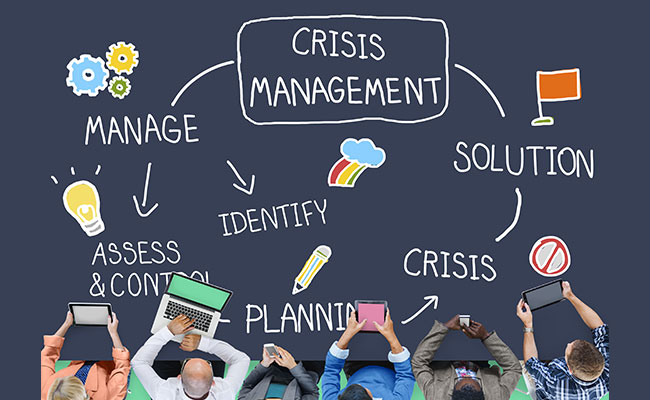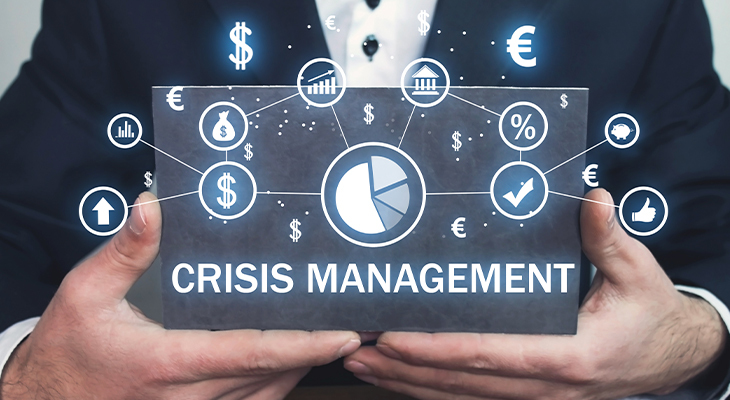Within the rapid-paced and dynamic international of journey, unforeseen crises can strike at any moment, starting from natural screw ups to global pandemics. For tour corporations, having a robust disaster control plan is not just essential; it is critical for survival and lengthy-time period achievement. this newsletter explores the key strategies and great practices that tour businesses can undertake to successfully control crises, make sure the safety in their customers and personnel, and in the end emerge more potent from tough situations.
Epertise crisis management in tour
Disaster management in the tour industry entails a chain of proactive and reactive measures aimed toward figuring out, stopping, mitigating, and recuperating from crises that can drastically impact the business. these crises can encompass herbal screw ups, terrorist assaults, political unrest, fitness emergencies, and greater currently, international pandemics like COVID-19.

The importance of a disaster management Plan
A properly-developed crisis management plan is important for journey agencies to navigate via difficult instances. It serves as a roadmap for a way the enterprise will respond to crises, making sure a coordinated and powerful reaction. right here are some key components of a comprehensive crisis control plan:
Danger evaluation and situation planning: identify capability risks and vulnerabilities that might affect your business. conduct state of affairs making plans to anticipate how extraordinary crises could spread and impact your operations.
Communication method: expand a clear and powerful verbal exchange strategy that consists of internal communique with employees and outside communication with customers, providers, and the media. provide everyday updates and information at the crisis and the way it’s far being controlled.
Emergency reaction Plan: Create an emergency reaction plan that outlines the instant movements to be taken within the event of a disaster, which include evacuations, medical help, and securing the protection of employees and clients.
Enterprise Continuity Plan: broaden a commercial enterprise continuity plan that outlines how the commercial enterprise will retain to operate throughout and after a crisis. This should encompass plans for faraway running, opportunity supply chains, and financial contingency measures.
Recuperation and Resilience: recognition on building resilience and restoration strategies to get better from the disaster stronger than before. this can encompass advertising campaigns to rebuild patron self assurance, partnerships with different organizations, and diversification of offerings.
Great Practices for disaster control
Proactive tracking and Early caution structures: put in force structures to display capacity crises and acquire early warnings. this can consist of tracking information assets, social media, and authorities indicators.
Education and Preparedness: behavior everyday training exercises and drills to make certain that personnel are organized to respond to crises. this could consist of education in first aid, emergency reaction, and disaster conversation.

Collaboration and Coordination: establish partnerships and collaborations with different groups, government businesses, and non-income organizations to beautify your crisis reaction skills.
Flexibility and adaptability: remain flexible and adaptable to your technique to disaster management. Be prepared to alternate your plans and strategies based totally at the evolving nature of the disaster.
Transparency and Honesty: Be transparent and honest to your communique with stakeholders. acknowledge any errors or shortcomings and description the stairs you are taking to cope with them.
Case studies: learning from past Crises
1. COVID-19 Pandemic
The COVID-19 pandemic had a profound impact at the journey enterprise, main to considerable travel regulations and a pointy decline in journey call for. tour groups that were able to adapt speedy by using imposing flexible booking guidelines, improving hygiene and protection measures, and communicating successfully with customers had been better able to climate the disaster.
2. Lcelandic Volcano Eruption
The eruption of the Eyjafjallajökull volcano in Iceland in 2010 triggered great disruption to air travel in Europe because of the ash cloud it produced. airlines and travel groups that had contingency plans in region were able to decrease the effect on their operations by using rerouting flights and imparting alternative journey alternatives to affected clients.
conclusion
Crisis control is a essential issue of walking a a success travel business. by growing a comprehensive disaster management plan, imposing best practices, and gaining knowledge of from beyond crises, tour businesses can successfully navigate through difficult instances and emerge more potent and more resilient in the face of destiny crises.
Also read – American Platinum Travel Credit Card Benefits
Also read – Best Ways To Earn Money While Traveling Around The World



